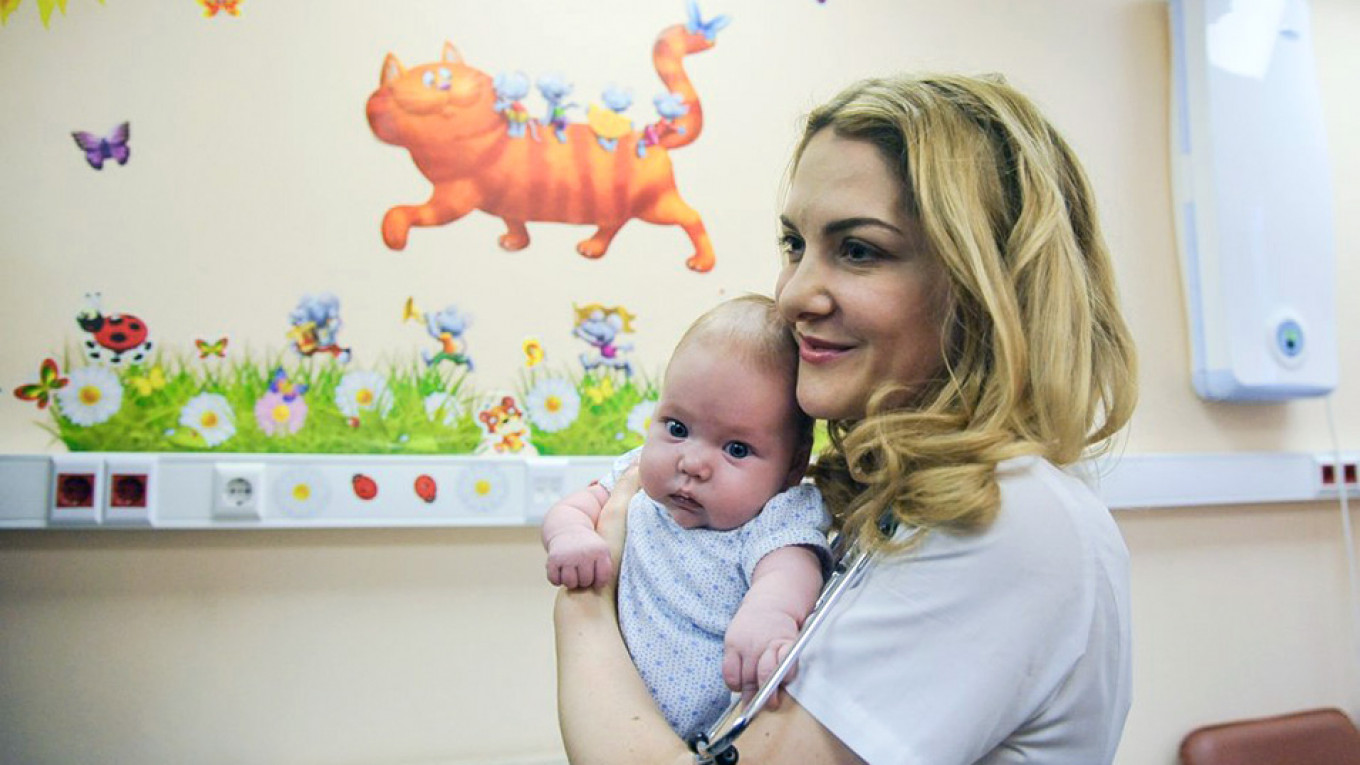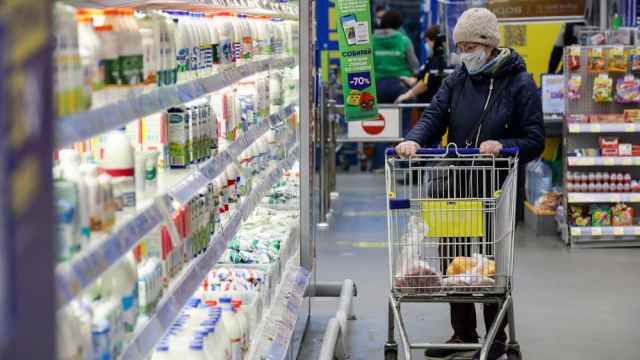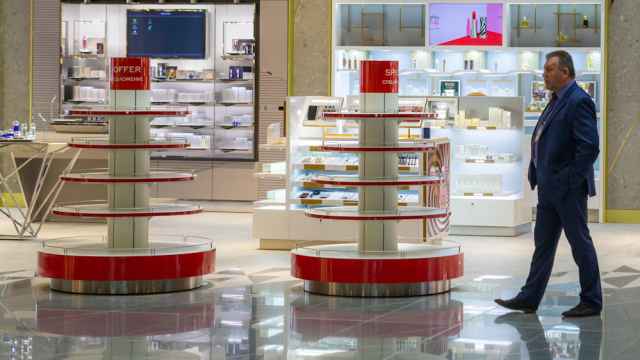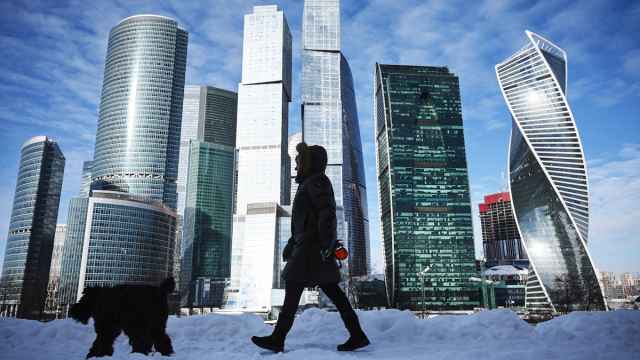The Kremlin is once again attempting to fix Russia’s dismal demographics. In his January 15th address before the Federal Assembly, Russian President Vladimir Putin devoted the bulk of his remarks to the country’s protracted pattern of population decline – a trend which he said it is his administration’s “historic duty” to reverse.
Putin plans to do so by spending billions of rubles on new subsidies designed to provide support for struggling families and encourage greater procreation (and therefore a hike in the national birth rate). But it’s already abundantly clear that these measures are entirely insufficient to pull Russia out of its downward demographic spiral.
To understand why, it’s necessary to grasp the extent and persistence of Russia’s population problem.
The country’s population began to decline as long ago as the 1960s, and by the 1970s total fertility had dropped to below “replenishment” — or just over two children per woman, on average — in almost all of the Soviet Union’s European republics.
These statistics, however, were at odds with the U.S.S.R.’s image of itself as a great power, so Soviet leaders choose to ignore or minimize the problem. Perhaps the most notorious example of this myopia took place in early 1991 when, just months before the U.S.S.R.’s collapse, the prestigious Soviet Academy of Sciences announced triumphantly that the number of ethnic Russians within the U.S.S.R. would grow by as much as two million over the next half-decade, and would reach 158 million by 2015.
That, of course, didn’t happen.
On the contrary, over the next two decades, Russia’s population decline deepened — and accelerated. In 2010, the All Russia national census provided a damning picture of the results. According to the survey, the population of Russia had constricted by nearly three percent between 2002 and 2010, to stand at less than 143 million. The drivers of this decline were numerous, from inordinately high mortality rates to a rampant culture of abortion to a sub-par national health care system. But the results were nothing short of ruinous.
Today, the outlook is better — if only slightly. The 2014 annexation of Crimea added more than two million new citizens to the Russian rolls, bringing the population to its current total of nearly 147 million. At the same time, a decade-and-a-half of investments by the Kremlin in social programs (like the “maternal capital” campaign launched by President Putin in 2006) have helped to somewhat ameliorate the pace of Russia’s demographic decline.
But they haven’t reversed it. In his Jan. address, President Putin admitted that Russia’s birth rate, which had been temporarily buoyed by the social measures enacted by the Kremlin in years past, is “falling again.” The country, he stressed, is entering “a very difficult demographic period.”
That, if anything, is an understatement. Last year, Putin disclosed during his remarks, Russia’s total fertility rate was just 1.5 — far lower than most estimates by international observers had surmised. That figure places the country in the bottom third of all world nations in terms of reproduction, behind the European Union (which has an aggregate fertility rate of 1.58) and only slightly above Japan (whose fertility rate is 1.4).
These stark statistics are why observers of Russian demography increasingly see the country’s continuing population decline as nothing short of a catastrophe. So severe is this trend that scholars now warn darkly that there soon may not be enough Russian males even to populate the country’s armed forces or security services.
Against this backdrop, the latest proposals laid out by Putin are simply too little, too late.
The centerpiece of Putin’s new plan is to provide new monthly payments to young children in families with subsistence level incomes, and to expand incentives associated with the “maternal capital” campaign. The program comes with a steep price tag, some 600 billion rubles (U.S. $9.7 billion) — a cost that Russia’s ailing economy can ill-afford to absorb.
But an even bigger problem is that the scope of the Kremlin’s plan is much too modest. Putin’s proposal calls for a hike of Russia’s fertility rate to 1.7 by the year 2024. While that would be a significant accomplishment in and of itself, it would nonetheless fall far short of hitting the fertility rate of 2.1 needed to keep Russia’s population stable. In other words, Putin envisions that the Russian population will continue to shrink, just at a slightly slower rate than it is currently.
It’s no wonder that respected demographers like Anatoly Vishnevsky of the Russian Higher School of Economics have taken a decidedly dim view of the President’s plans. “There are no hopes of solving the fertility problem in Russia,” Vishnevsky recently told Novaya Gazeta.
Sadly, all of the available data suggests that he might be right, at least under the current program the Kremlin has proposed.
A Message from The Moscow Times:
Dear readers,
We are facing unprecedented challenges. Russia's Prosecutor General's Office has designated The Moscow Times as an "undesirable" organization, criminalizing our work and putting our staff at risk of prosecution. This follows our earlier unjust labeling as a "foreign agent."
These actions are direct attempts to silence independent journalism in Russia. The authorities claim our work "discredits the decisions of the Russian leadership." We see things differently: we strive to provide accurate, unbiased reporting on Russia.
We, the journalists of The Moscow Times, refuse to be silenced. But to continue our work, we need your help.
Your support, no matter how small, makes a world of difference. If you can, please support us monthly starting from just $2. It's quick to set up, and every contribution makes a significant impact.
By supporting The Moscow Times, you're defending open, independent journalism in the face of repression. Thank you for standing with us.
Remind me later.








